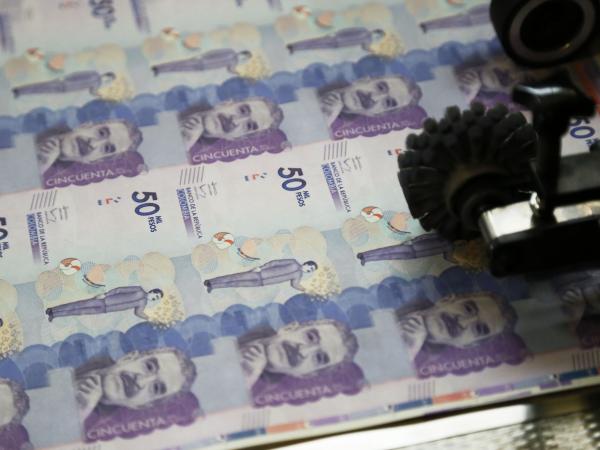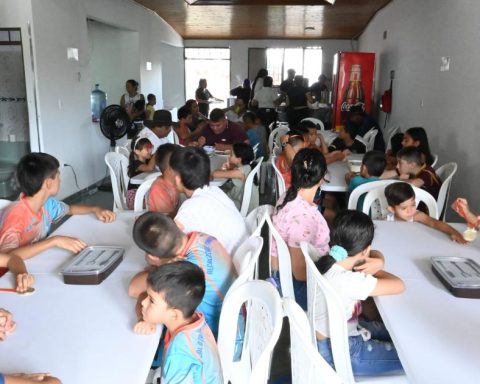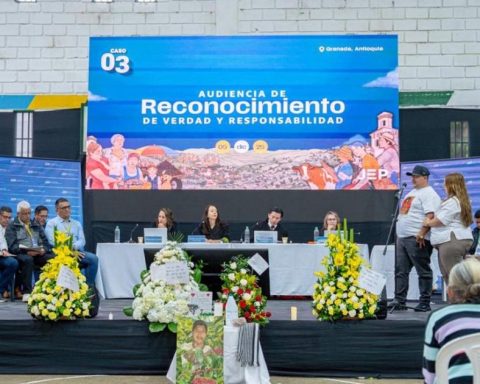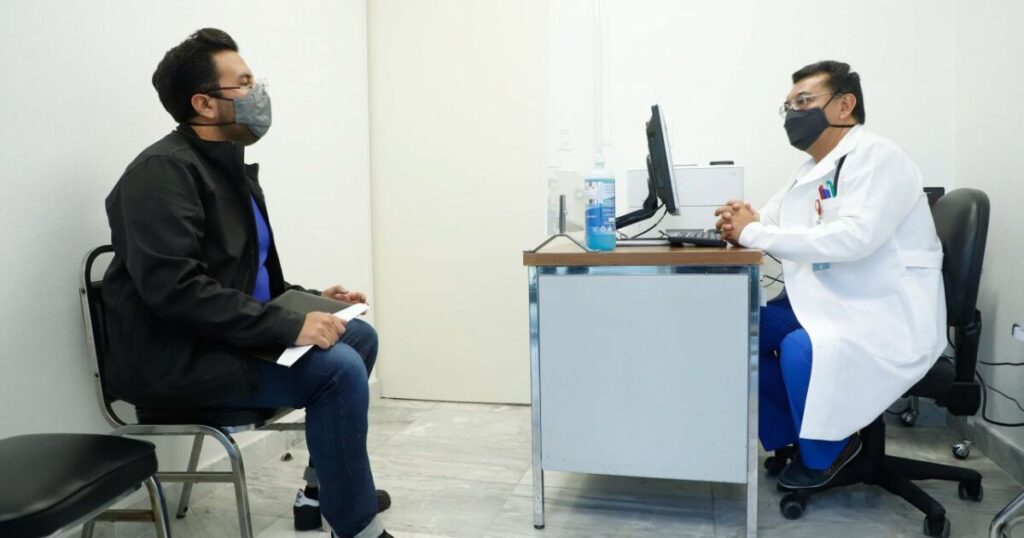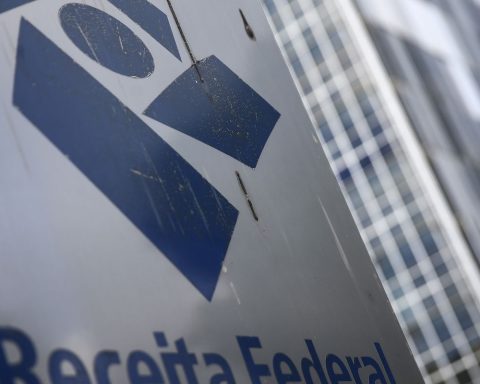Although Colombians have quickly adopted technology to make paymentsthe use of cash is still very high and also, compared to citizens of other countries in the region, they are very austere when making purchases with credit cards.
(Card payments skyrocketed during the pandemic.)
These are two conclusions of a survey applied in Colombia by the Swiss firm Temenos, specialized in business software for banks.
Enrique Ramos O’Reily regional director of the company for Latin America and the Caribbean said that “This survey shows how Latin Americans are more austere in making purchases with credit cards compared to other countries, which means that we are more measured when it comes to indebtedness. In other words, in terms of the tropical impulse, we would be less impulsive in spending and we have more restraint when investing and having debts”.
Research reveals that almost half (42.9%) of those surveyed have made an impulse purchase on their mobile phone of between $41,000 and $200,000 and more than three-quarters (84.8%) have made an impulse purchase of up to $500,000 on their cell phone.
Nearly three-quarters (72.1%) of women surveyed have made an impulse purchase of up to $200,000 on their phones compared to just over half (54.7%) of men.
(Means of payment industry in Latin America will grow at 8.3%).
But 45.3% of men surveyed by Temenos have made an impulse purchase over the phone from over $200,000 compared to 27.8% of women.
Furthermore, a quarter (28.3%) of those surveyed “they have never been tempted” to immediately buy a product after seeing it advertised on television or on the Internet. And more than one in ten (15%) of those surveyed answered that “regularly” shop this way “At least once a month”.
The director of Temenos assured that “While we see plenty of evidence to suggest that Colombian consumers are already making quick use of mobile shopping technology, more than half (59.6%) of respondents use cash for weekly and regular expenses, and the other Half mainly use debit cards (19.2%) or bank transfers (12.3%)”.
“Bank providers should think about how they can make banking simpler and more accessible if they want to go beyond spontaneous purchases. Financial institutions have the opportunity to really help Colombian consumers with their day-to-day shopping expenses and manage their monthly expenses”says O’Reilly.
(Launch tool that facilitates interbank payments of companies).
In the survey, Colombians were asked if they were investing in new forms of savings, such as through cryptocurrencies, a third (32.8%) of the respondents answered that “They would love to, but they don’t know how” and another third (38.9%) responded that they are already investing in these “new ways to save”. 5.9% of those surveyed answered that they had had a “bad experience” by investing in new types of savings such as cryptocurrencies.
Nearly two-thirds (62.8%) of those surveyed said they “always” or “usually” discuss their financial matters with their parents, and more than two-thirds (69.7%) of those surveyed said they “absolutely” follow their parents’ advice in an “implicit” way, the survey says.
BRIEFCASE
